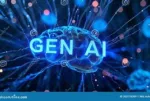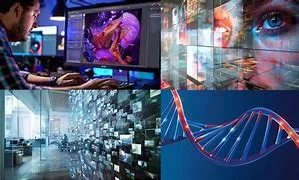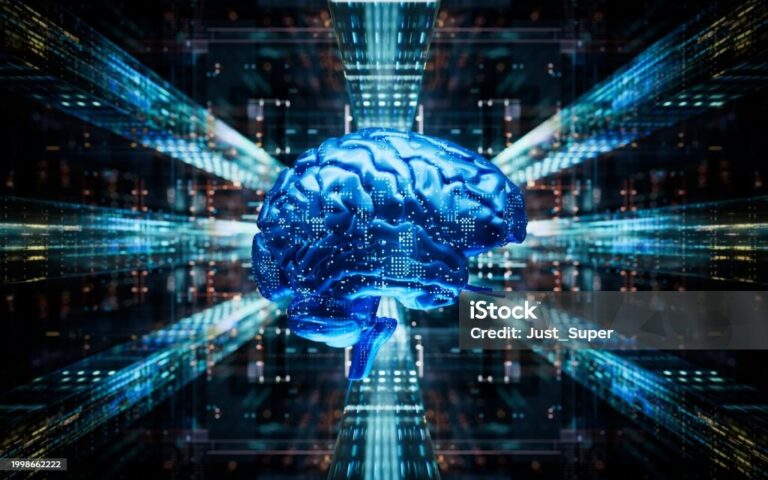
Understanding Generative AI:
Transforming Creativity and Innovation
Generative AI is a groundbreaking technology that has the potential to revolutionize various industries by enabling machines to create content, designs, and solutions that were previously thought to be the exclusive domain of human creativity. This post explores the fundamentals of generative AI, its applications, benefits, and challenges, providing insights into how this technology is shaping the future of creativity and innovation.
What is Generative AI?
Generative AI refers to algorithms and models that can generate new content based on the data they have been trained on. Unlike traditional AI, which primarily focuses on recognizing patterns and making predictions, generative AI creates new data instances, such as images, text, music, and even code. This is achieved through techniques like deep learning, particularly using neural networks such as Generative Adversarial Networks (GANs) and Variational Autoencoders (VAEs).

Applications of Generative AI
Generative AI has a wide array of applications across different fields:
- Art and Design: Artists and designers are using generative AI to create unique artworks and designs. Tools like DALL-E and Midjourney allow users to generate images from textual descriptions, pushing the boundaries of creativity.
- Content Creation: Writers and marketers are leveraging generative AI to produce articles, blogs, and marketing copy. AI models like GPT-3 can generate coherent and contextually relevant text, saving time and enhancing productivity.
- Music Composition: AI systems can compose original music by analyzing existing compositions and generating new melodies and harmonies. This has opened up new avenues for musicians and composers.
- Game Development: In the gaming industry, generative AI is used to create dynamic environments, characters, and narratives, enhancing player experiences and making games more immersive.
- Healthcare: Generative AI is being explored for drug discovery and personalized medicine, where it can simulate molecular interactions and predict the effectiveness of new compounds.

Benefits of Generative AI
The advantages of generative AI are numerous:
- Enhanced Creativity: By providing new ideas and perspectives, generative AI can augment human creativity, allowing creators to explore uncharted territories.
- Efficiency: Automating content generation can significantly reduce the time and effort required for various tasks, enabling professionals to focus on higher-level strategic work.
- Personalization: Generative AI can tailor content and experiences to individual preferences, improving user engagement and satisfaction.
- Cost-Effectiveness: Businesses can save costs by utilizing generative AI for tasks that would otherwise require extensive human resources.

Challenges and Ethical Considerations
Despite its potential, generative AI also poses several challenges:
- Quality Control: Ensuring the quality and accuracy of generated content can be difficult, as AI may produce outputs that are misleading or inappropriate.
- Intellectual Property: The question of ownership over AI-generated content raises legal and ethical concerns, particularly in creative industries.
- Bias and Fairness: Generative AI models can inadvertently perpetuate biases present in their training data, leading to unfair or discriminatory outputs.
- Misuse: There is a risk of generative AI being used for malicious purposes, such as creating deepfakes or spreading misinformation.
Conclusion
Generative AI is a powerful tool that holds immense potential for transforming creativity and innovation across various sectors. While it offers numerous benefits, it is crucial to address the challenges and ethical considerations that accompany its use. As we continue to explore the capabilities of generative AI, a balanced approach that fosters creativity while ensuring responsible use will be essential for harnessing its full potential.

